Historicism architecture was an emulation of various past architectural styles. It was popular in Latvia ~1800s-1910s under the Russian rule.
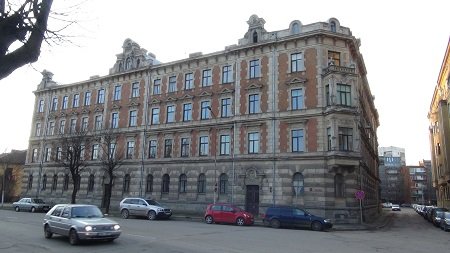
At the time it was believed that different architectural styles of the past are appropriate for buildings of different functions.
Lutheran and Catholic churches were typically constructed following Gothic Revival style, imitating the architecture of Medieval great cathedrals. These red brick elaborate buildings with tall spired towers that were constructed in the 19th century were especially complex, but the style became somewhat simpler late.

In any case, these churches are not very numerous, as Lutheran and Catholic faiths lacked official status back then. Russian Orthodoxy was the state religion and Russian Orthodox churches were constructed in most towns and city districts. Their architects followed a mandatory Neo-Byzanthine style instead, emulating the Medieval Orthodox churches of Byzantine Empire. These churches all have domes. Typically, one dome is large and the other ones are smaller. Facade decorations consist of geometric lines and stylized columns.
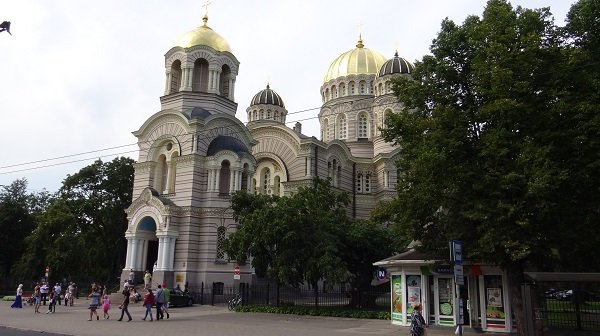
19th century was a somewhat more secular era than those before it, and cities were transformed from merely outposts for military, religion and trade into places where hundreds of thousands people lived and worked. As such, a wide array of massive secular buildings became needed, such as government offices, post offices, train stations and banks. Some of these buildings were built according to a continuing Neo-Classical style.
Neo-Baroque became popular for theaters and museums, its opulent forms probably the best embodiment of art possible in building material.
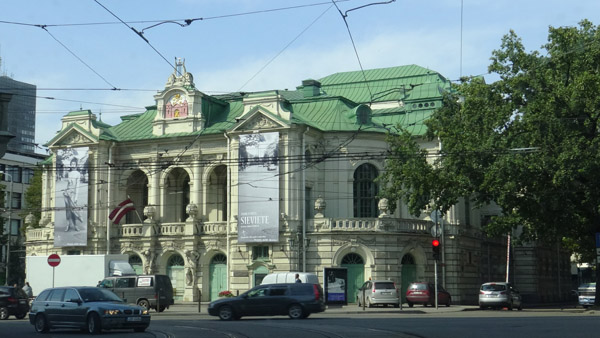
Neo-Renaissance was common for educational institutions, as Renaissance was associated with the revival of science and knowledge.
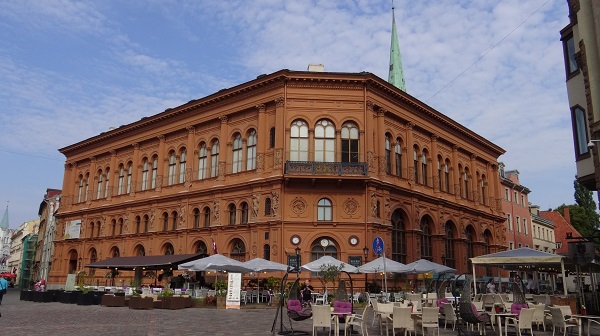
Another popular style in Latvia and all the areas where Germans were influential was Rundbogenstil (round arch style), effectively a German form of Neo-Romanesque characterized by round window arches.
Later in the 19th century, Eclectic historicism became common, freely combining details of various pasts styles, especially those of Gothic, Classical, Baroque and Renaissance. It became very popular for apartment buildings and other secular structures. Often these buildings were especially elaborate: even simple apartment buildings or wooden single-family homes now had towers, domes and facade sculptures, once reserved to churches and major public edifices.
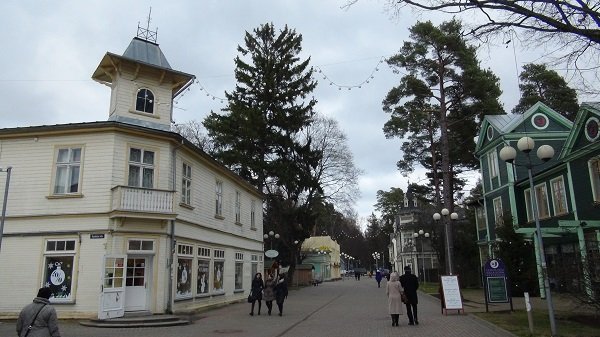
A simpler version of eclectic historicism buildings are purposefully left unplastered, their facade decorations formed out of the same bricks that are their construction material. This became known as the Brick style, especially prevalent in Daugavpils. Brick style was also used for factories as well as Russian military barracks in places such as Karosta. In such cases, saving on plastering was understandable but the zeitgeist still did not allow construction of non-elaborate facades, creating brick ornamentation instead.
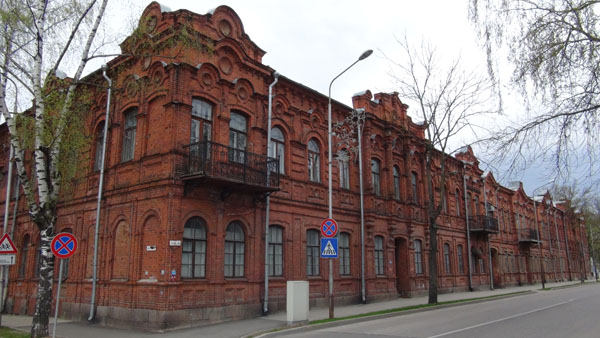
Another new trend of late 19th century were the Residential castles: countryside manor palaces that looked like Medieval castles. They were built according to whatever past styles their rich mostly German owners wished, ranging from the most common Neo-Gothic to British Neo-Tudor. Compared to the real Medieval castles they had larger windows and way more opulent interiors as the ability to defend them were not really needed in what was an unprecedented century of peace in Latvia (1812-1914), while growing economy and technological advances allowed for comforts not known before. Towers were popular, but they were meant to provide their owners a nice lookout into their own lands and pretty nature rather than to provide a ground for defenders to shoot at approaching enemies.
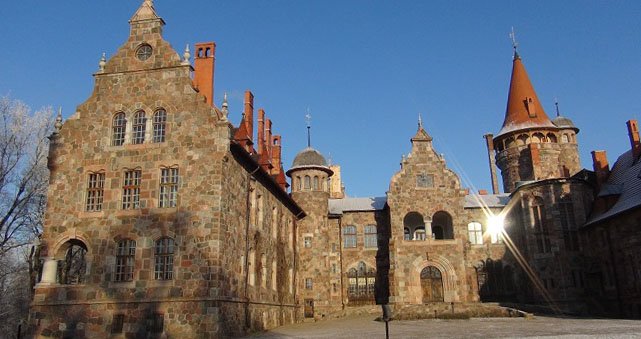
In its latest eras, Historicism and its Revival styles faced competition against the new style of Art Nouveau and gradually lost that battle.
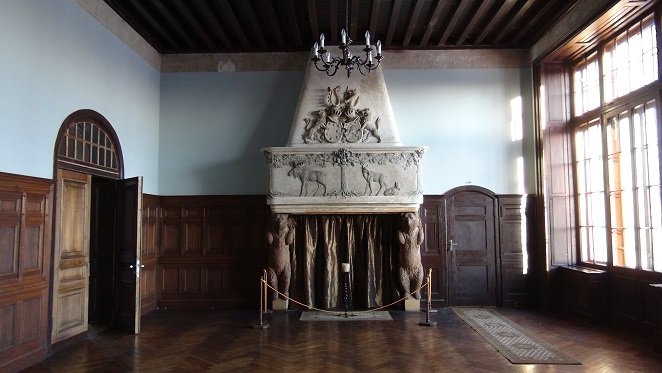

I really enjoyed exploring
your site. good resource
GTU
I really enjoyed exploring
GTU